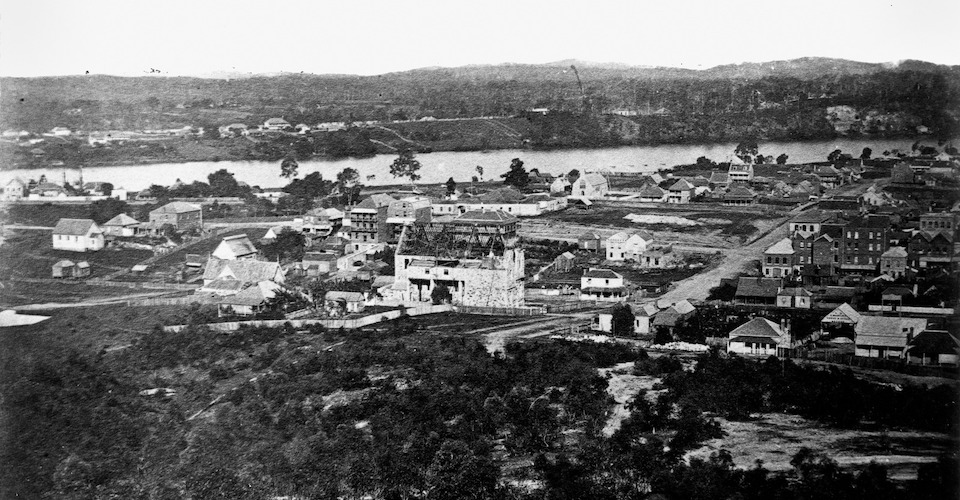

Griffith University visiting fellow and historian Jan Richardson is looking for information on Queensland’s 107 ex-convict women whose stories are missing from history.
Ms Richardson said the 1851 census revealed 107 ex-convict women living in early Queensland, but she’s only accounted for about 60 women and needs help from the general public to complete biographies, family trees and a photo database of their burial places.
She will contribute to the broad focus on Queensland’s pre-1859 history.
“There might be people who work in local museums or someone out there who is very keen about convict history and has stumbled across some records. There may even be ancestors in rural communities who could shed light on this fascinating group of women.”
Ms Richardson said the earliest female ex-convict to arrive in Brisbane may have been Sarah Davis and her journey might have been mirrored by other women.
“Sarah was transported to New South Wales on the Burrell in 1832. She married merchant and trader John Williams in Sydney in 1837 and may have travelled with him to Brisbane in 1841, even before the district was officially opened to free settlers in 1842.”
One of the challenges for historians is when ex-convict women married and changed their names, said Ms Richardson.
“Sophia (Keziah) Grantham was transported to Van Diemen’s Land in 1841 but did not move to Queensland until 1855. In 1865, she was running a hotel in Rockhampton under the name ‘Mrs Keziah Tregilgus’ but by then had legally separated from her husband.
“She died in 1873 aged 52 years at Springsure and was buried under that name.”
Ms Richardson says she admires the women she has encountered as they often showed great resilience in difficult circumstances.
“Whether these women ended up living in Roma raising a family of 10 or they ended up in a benevolent asylum, they showed great character to travel halfway around the world, to survive that and make their way to Queensland to try to make a life.
“These women and their stories have been invisible for too long.”
If you have information that might help, email: .








